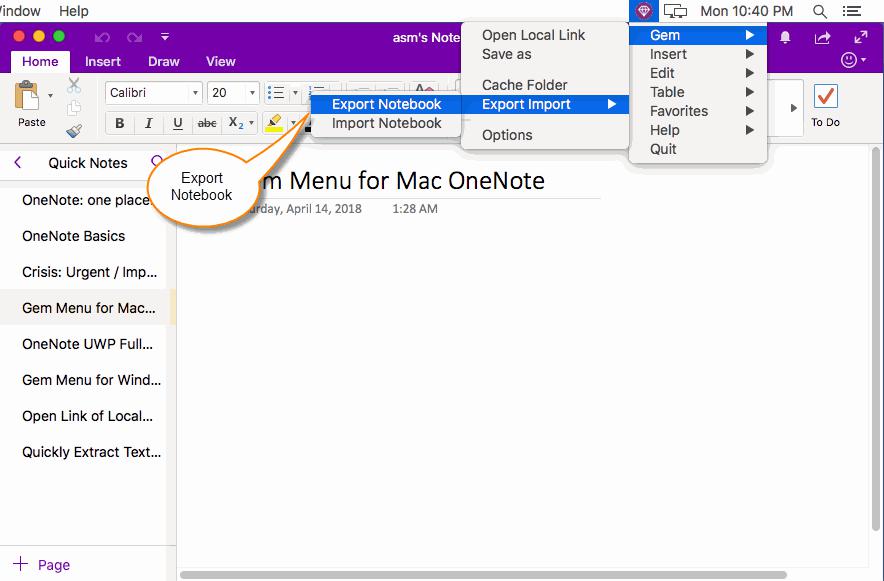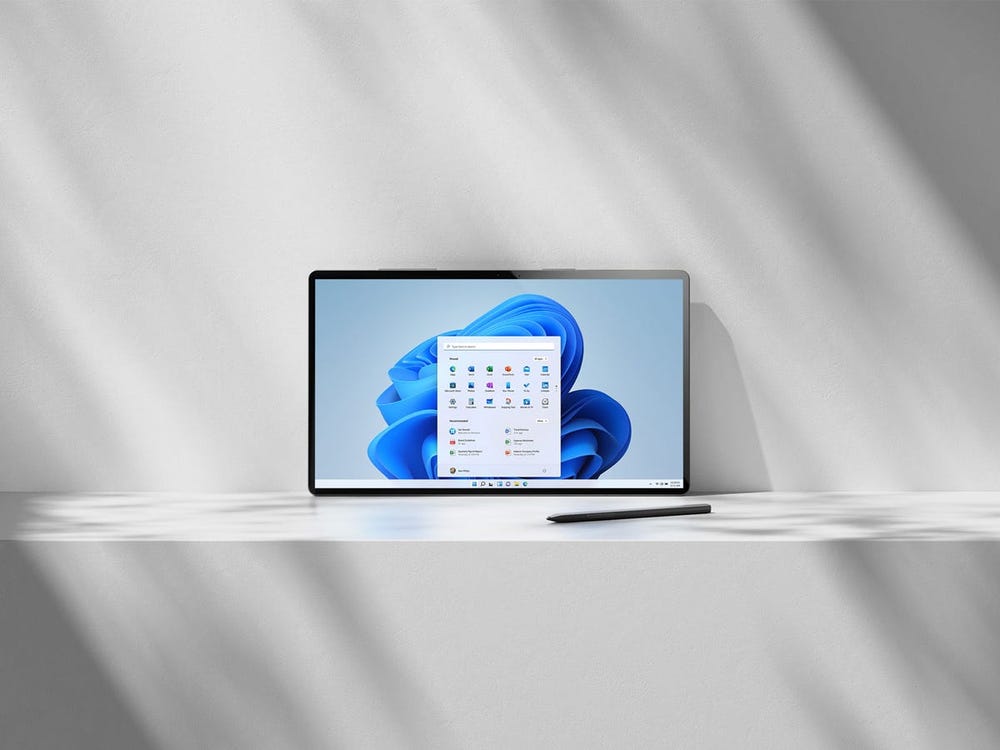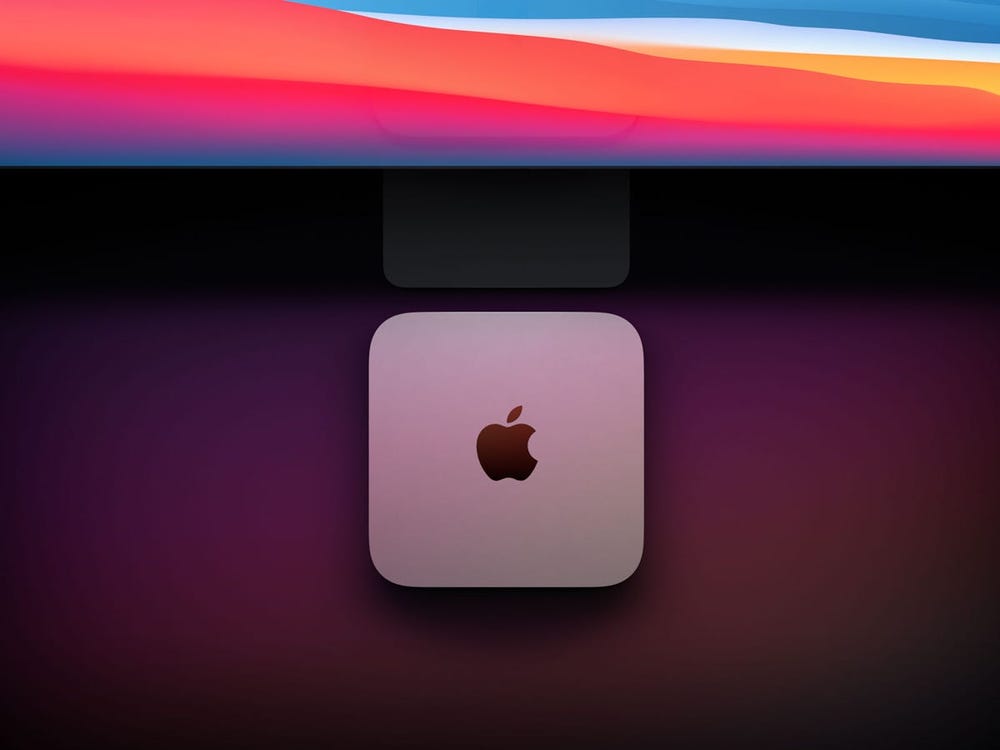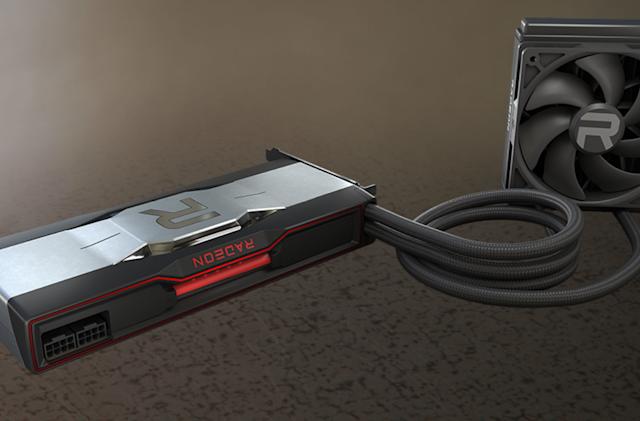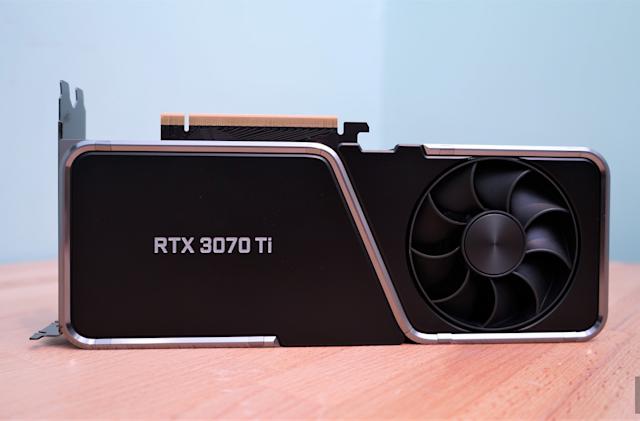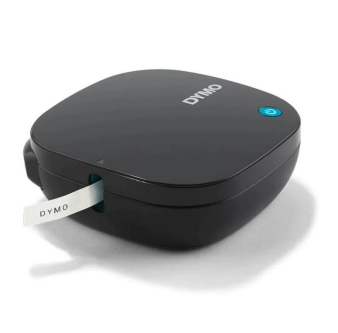Microbiology Resource Center
An important aspect to scientific research is effective communication of one’s findings.
Today’s scientific problems are not solved in isolation but rather by groups or communities of researchers working together or building on the results of others. Methods of communication include publication in a peer-reviewed journal, presentation of results at public forums through posters or seminars, submission of data to databases such as GenBank, and communication to the public through media outlets or informal gatherings. An important component for research to be accepted by other scientists is reproducibility.
Good recordkeeping is imperative for ensuring that others can replicate one’s experimental procedure. The work we are doing in lab is a real research project with a worldwide community of undergraduate researchers. To this end, it is important to keep accurate records. This includes the upload of required information to the database, documenting experimental procedures in your lab notebook and recording digital photographs of results.
Tips for keeping a laboratory notebook:
Notebook entries should be made in ink and in chronological order. Entries should not be erased or whited-out. If an entry contains an error, a line should be drawn through the error and new text should continue in the next available space.
Start each entry with a title and a clear description of the objective of the experiment.
Date each experiment. The dates indicating when the work was begun and completed should be recorded.
Record all materials used in the experiment.
The experimental design and the protocol used should be recorded. Any changes to existing agreements should be thoroughly explained. Never assume that any agreement is common sense. Be sure to write your own description and definition.
Record all data collected and observations made in the experiment. If possible, include photos and diagrams.
At the end of the record, evaluate your experiment results in an interpretation or discussion section. Draw conclusions and future directions, if possible.
Explain all abbreviations and terms that are nonstandard. Explain in context, in a table of abbreviations, or in a glossary.
Document everything; take detailed notes and photographs during lab. Immediately download and annotate photos to capture accurate data.
Record negative results. Scientists, especially novice scientists, can learn a great deal from negative results. Reviewing the protocol, brainstorming where the error occurred or reasons for the negative results are key teaching and learning moments. Take advantage of them.
In general, a good practice is to make PowerPoint slides as soon as you obtain data. Summarize protocols, experimental designs, and results, make presentable tables, and incorporate the photos taken during lab.
How to Keep a Scientific Laboratory Notebook
Although you may think you will remember what you did and why you did a certain experiment in a week’s time, YOU WILL NOT! And nor will anyone else in your laboratory. Hence the need for laboratory notebooks. In short, a laboratory notebook is:
a daily record of every experiment you do, think of doing, or plan to do
a daily record of your thoughts about each experiment and the results thereof
the basis of every paper and thesis you write
the record used by patent offices and, in the case of disputes, courts of law (in the event you file patents on your findings)
a record that would enable successive scientists, working on the same project, to pick up where you left off or reproduce your results
You will not be able to keep your lab notebook. The person or organization who is paying the bills owns your laboratory notebook, in this case TMCC. The owner could be the company, university, or research institute who employs you or your supervisor. In my experience, I found that employees enter into a contract that stipulates that all inventions developed while employed are the property of the employer. Universities, and some companies, have agreements that income generated from discoveries made by employees and/or students, will be divided between the institution and the discoverers, but not always. Again, in my experience, the companies often offer stock options to employees rather than income from specific patents.
The Entries
All entries should be clearly written with an ink pen. Supplementary information can be safely pasted on your notebook. You must include your own entry describing the attachment.
Your notebook begins with a Table of Contents. Each number in the left hand column represents a page in your notebook. Project titles or subjects and dates should be entered on each page.
Your notebook entries start at the top of the first page and continue on successive pages until you reach the last page. Do not skip pages and never leave blank spaces or erase or remove material you have added or remove a page from the notebook. If you do have blank spaces just draw a line through the blank spaces and leave your initials on the line. The purpose here is to prevent the entry of data after-the-fact. If you make errors draw a single line through the error and add your initials and a brief explanation.
Only you are to write in your lab notebook. Do not allow others to write in your notebook. At the end of each page sign your name and date. Before leaving the lab each day have your lab notebook mentor review and countersign the bottom of each page.
Sometimes a project will begin on Day 1 and then not be addressed again until Day 5. In these cases be sure to include a ‘Continued on Page’ on the initial page and a ‘Continued from Page at the next entry. Do not “save” room by skipping pages. You should notice that the bottom of each page contains a Continued to page entry – be sure to use that also.
The pages will be comprised on the following, within reason and as makes sense.
Each page includes a
Title
which describes the content of the page. Also the name of the experiment/project should be at the top of every page. For example: the
Title
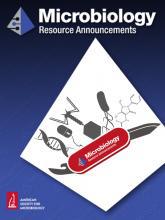
may be
CFU calculations of bacterial dilutions
and the
Project
may be
Isolation of Bacteria from Soil Samples
.
Objective
. Background information about the experiment including the importance/relevance of the experiment. State the question you are asking as the purpose of the experiment and state what you hope to learn. Include your hypothesis (a proposed explanation of the experimental outcome).
The
Procedure Flowchart or Outline
. Do not copy the protocol, rather summarize the procedure you will perform as either an outline or flowchart. Refer to the title of the protocol you will be using.
List and materials required that are
specific
and
unique
for the experiment. Do not list items ordinarily used in the lab such as Bunsen burners or pipettes. Do list the concentration of stains or special supplies, equipment, media, or microbes you are working with.
Indicate any references or literature sources you used to do the project.
Write in your notebook a description of the calculations that you will perform to analyze your data. This can be in the form of a sample calculation or a flowchart or outline. When no calculations are required, this section is omitted.
Results
of your experiment. This data can take many forms, written statements of observations, tables, or graphs. You need to choose the format appropriate for the experiment you conducted. Qualitative observations and quantitative data are best entered in a running commentary. This commentary should be recorded in the lab, as the experiment proceeds. High prose standards are not expected. If repeated measurements are made using the same procedure, a table provides the best presentation. All figures should be labeled. If the experimental work is done jointly it must be noted and reported independently. Your notebook must list your co-workers and identify who did what. Include any Observations you made and any Changes you observed, errors or omissions.
Conclusion and Discussion
of the results you collected. What does your data mean? State the meaning of what you did and the importance of what you learned. Was your question answered? Was your hypothesis substantiated or not? Discuss sources of error. Do you have confidence in you results, techniques, or learning outcomes? Suggest further experimentations that would improve your learning of the material.
Why Is It Important To Keep A Good Laboratory Notebook?
Keeping a complete and accurate record of experimental methods and data is a vital part of science and engineering. Your laboratory notebook is a permanent record of what you did and what you observed in the laboratory. Learning to keep a good notebook now will establish good habits that will serve you throughout your career. Your notebook should be like a diary, recording what you do, and why you did it. You should feel free to record your mistakes and difficulties performing the experiment - you will frequently learn more from these failures, and your attempts to correct them, than from an experiment that works perfectly the first time.
It is extremely important that your notebook accurately record everything you did. A good test of your work is the following question: could someone else, with an equivalent technical background to your own, use your notebook to repeat your work, and obtain the same results? For that matter, could you come back six months later, read your notes, and make sense of them? If you can answer "yes" to these two questions, you are keeping a good notebook.
It is also important to maintain a good laboratory notebook in order to protect your intellectual property (e.g., patents). An appropriately maintained laboratory notebook can often mean the difference between gaining or not gaining recognition for a discovery. U.S. patent law states that inventorship is determined by the "first to invent," not the "first to file." The laboratory notebook can be the key piece of evidence in helping to make that determination.
The laboratory notebook forms a permanent record that can be referred to while completing a disclosure report (often the first step in patent preparation) and later, provides accurate documentation of the work done. When an investigator makes an invention during the course of a research project, the dates of the conception and reduction to practice (turning an idea into a reality) become very important. Generally, a sketch and a brief written description are sufficient to establish conception. Reduction to practice is accomplished by actually constructing and successfully testing a material or device incorporating the invention. During prosecution of a patent application before the U.S. Patent Office, or even after issuance of a patent, the filing of another patent application may initiate an interference proceeding to determine which party was the first to invent. Each party has an opportunity to submit documentary proof of his or her dates of conception and reduction to practice. A laboratory notebook may be, and in several high-profile cases has been the crucial piece of evidence in this procedure.
References
Massachusetts Institute of Technology Department of Mechanical Engineering. Instructions for Using Your Laboratory Notebook. Jennifer A. Thomson.
Retrieved 2016-05-27 from http://web.mit.edu/me-ugoffice/communication/labnotebooks.pdf
How to Start–and Keep–a Laboratory Notebook: Policy and Practical Guidelines.
Retrieved 2016-05-27 from http://www.iphandbook.org/handbook/ch08/p02/
TMCC General Microbiology Lab. Lab Book.
Retrieved 2016-05-27 from http://biolabs.tmcc.edu/Micro%20Web/index.htm
